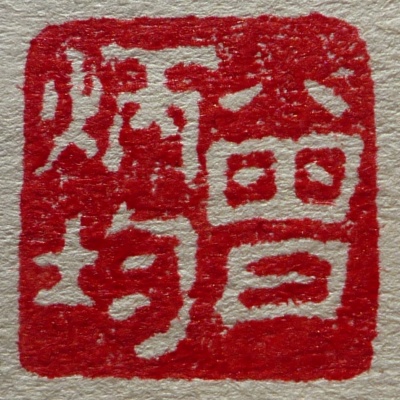A cycle that keeps everyone happy (for the time being)
Edward Tsang 2014.01.01 00:23; epilogue added 2015.09.15
China exports cheap goods to developed countries.
Developed countries pay for their goods indirectly with debts, which are funded by quantitative easing.
Cheap goods from China keep inflation low in these developed countries, which may continue to increase debt using quantitative easing.
This creates a cycle in which everyone is happy.
Unfortunately, this cycle is unsustainable.
China has to pay for their production through quantitative easing.
This will lead to high inflation in China, which may lead to social unrest.
Interrupted production in China will break the cycle.
The consequences could be chaotic and difficult to predict.
Facts:
- The Chinese currency Renminbi is not freely convertible to foreign currencies.
- Chinese is the second biggest economy in the world
(over US$8 trillion, according to Wikipedia).
- China aims to maintain economic growth of 7.5%, which is high at international level.
- A large number of Chinese enterprises are state-owned (some say 40%, a figure that I have yet to verify, but the size is signficant for sure).
Assumptions:
- Some Chinese exporters maximize their holdings of foreign currency, as opposed to maximizing profit.
(This is a key assumption.)
- Preventing social unrest is high on the agenda of Beijing's policy. Maintaining high economic growth (thus preventing unemployment) is one of the means of achieving this goal.
- Governments in developed countries need to borrow to fund their spending.
A cycle that keeps everyone happy
The following cycle satisfies everyone involved:
- Chinese exporters export cheap goods to the rest of the world.
- Developed countries generate wealth to pay for the goods through government borrowing.
- Developed countries pay for their borrowing through quantitative easing.
- Quantitative easing should inflate their currencies. Conveniently, inflation is measured by consumer prices;
cheap Chinese imports helps to keep consumer prices down.
- Stimulated consumption in developed countries fuel continuous growth in Chinese export.
How governments in developed countries keep this cycle going
- Governments in developed countries are happy to keep interest rate low. The given justification is to stimulate recovery.
- Low interest rate helps to contain inflation caused by quantitative easing.
- Quantitative easing could lead to rises in house prices;
- Rise in house prices should lead to higher mortgages;
- Higher mortgage should lead to higher inflation;
- Low interest rate helps to limit mortgage payment to an extent.
- As long as inflation is low (which is helped by cheap Chinese imports), governments in developed countries may continue with quantitative easing.
How China keeps this cycle going
- If an enterprise continuously sell goods below cost, they will eventually go bust (obvious).
- Beijing has to create money (yes, China does quantitative easing too) to fund the state-owned enterprises
(which makes up a significant proportion of Chinese enterprises) that lose money.
- If they don't, those enterprises will go bust;
- If enterprises go bust, unemployment will ensue;
- Unemployment could lead to social unrest, which the Chinese government would not risk. (Assumption 2)
- With government lending, the state-owned Chinese enterprises may continue to lose money.
- Chinese exporters may continue to sell goods below cost.
Is this cycle sustainable?
- There is a limit in how much the West can afford to buy, even if Chinese goods continue to drop in price.
In other words, Chinese growth is limited.
- If China continues to create money, inflation in China will shoot up.
- This will lead to social unrest in China.
- Social unrest could interrupt production in China.
- Interruption in production will reduce Chinese export.
- With reduction in cheap Chinese export, inflation in developed countries will reflect the true effects of quantitative easing.
- When this happens, the cycle is broken.
Life after the cycle breaks
- China will no longer be able to export cheap goods.
- As no more cheap goods arrive, high inflation will be seen in the rest of the world.
- The result will be chaotic. The consequences will be too complex to predict. Following are some possibilities:
- We could see a very long period of recession.
- We could see social unrest, or even break up in some countries.
- We could see war.
Epilogue 2015.09.15
18 months after I wrote the above, we begin to see cracks in the system.
As explained above, China's goal is to maintain growth for stability.
Unfortunately, continuous growth is an
unrealistic goal.
More and more evidence point to the fact that
China's economic growth has slowed down.
Part of Beijing's plan was to feed economic growth with stock market booms.
Artificially created booms are bubbles, which are prone to bursting.
Planned economy only works occasionally. Planning a stock market of China's scale is seriously courageous.
[End]
Related:
* An agent-based analysis of the financial crisis (2011.11.20)
* An agent-based analysis of cheap Chinese exports (2013.03.06)
* Quantitative Easing - Better Than Alchemy (2013.10.01)
* The Chinese Stock Market - Rise and Crash (2015.08.24)
* China's economic-driven threat to stability (2015.08.24)

All Rights Reserved